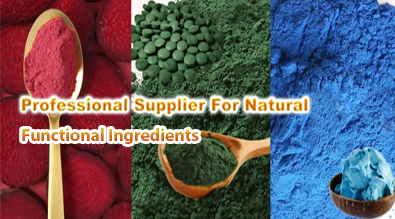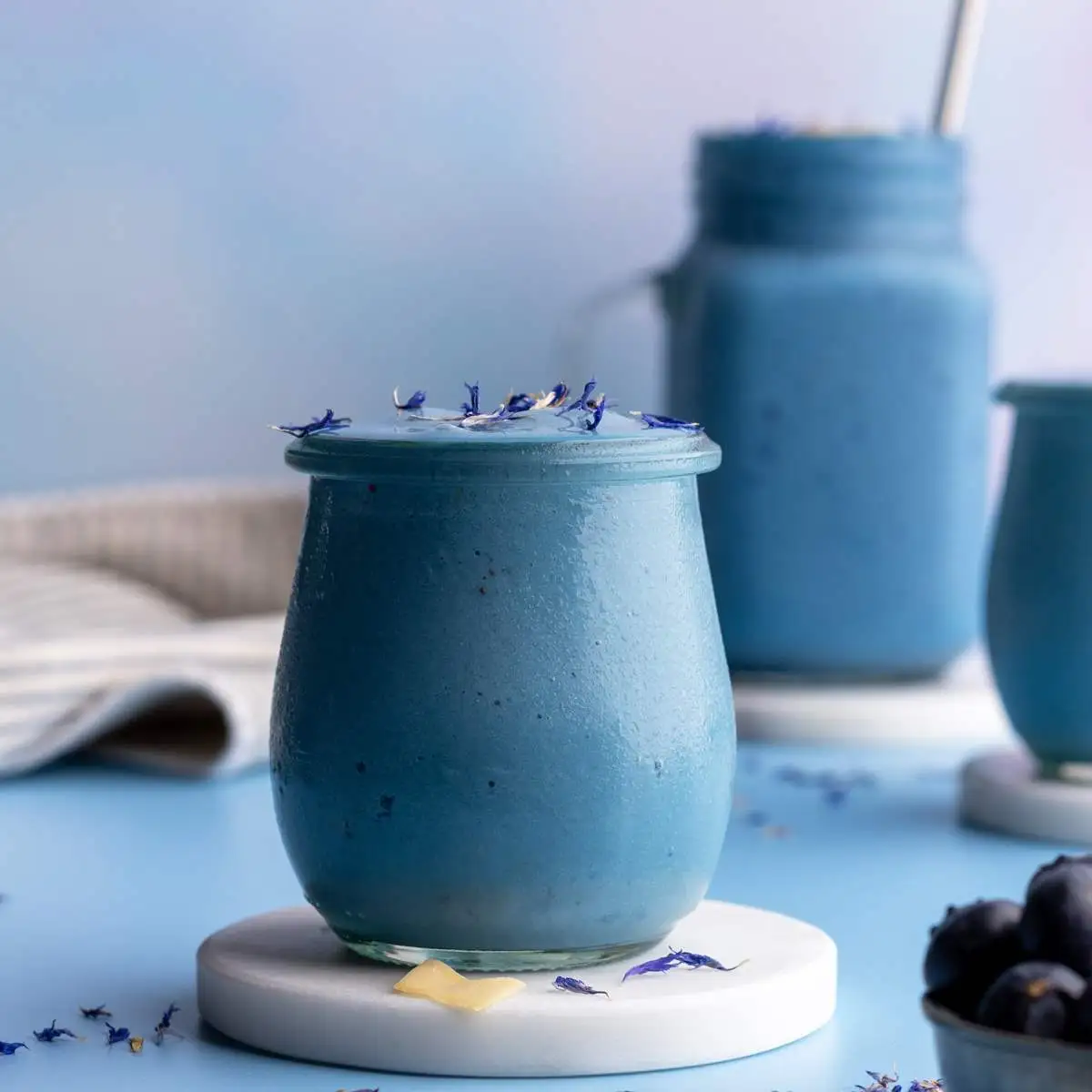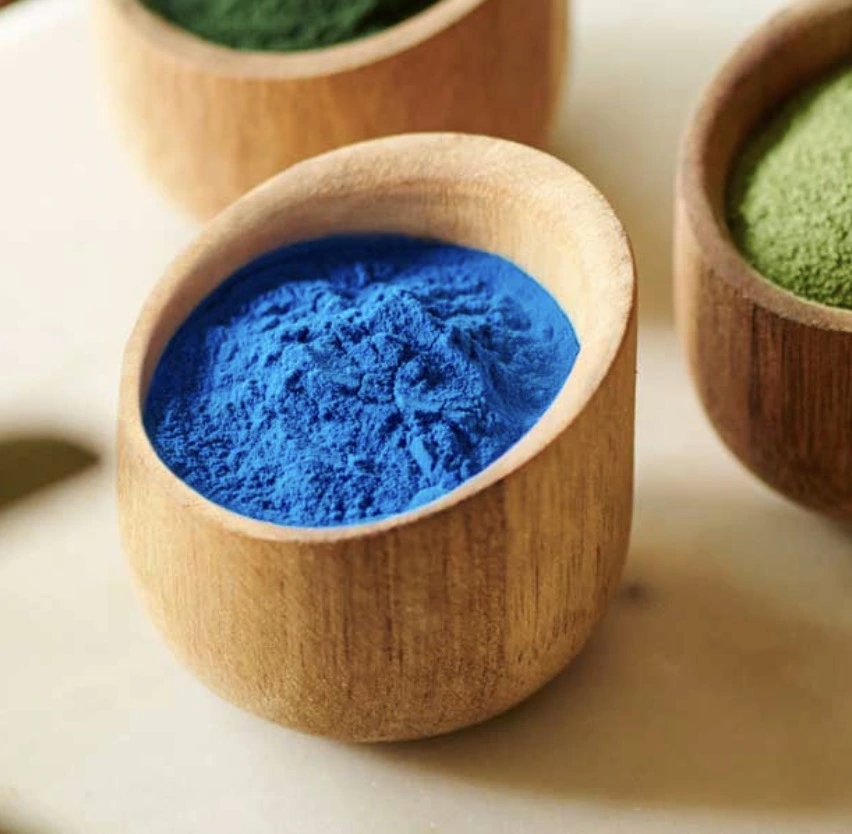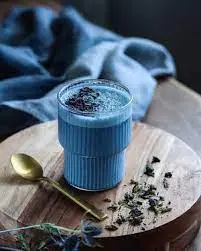Does astaxanthin make you tan?
Astaxanthin, a potent antioxidant derived from the microalgae Haematococcus pluvialis, has gained significant attention in the skincare and wellness industry. As more people seek natural ways to enhance their skin tone and protect against sun damage, questions about astaxanthin's tanning effects have surfaced. In this comprehensive guide, we'll explore the relationship between astaxanthin and skin pigmentation, compare it to traditional sun tanning, and examine its potential to improve your skin tone naturally.

How Astaxanthin Affects Skin Pigmentation?
To understand astaxanthin's impact on skin pigmentation, it's crucial to delve into its mechanisms of action and how it interacts with our skin cells.
The Science Behind Astaxanthin and Melanin Production
Astaxanthin doesn’t directly trigger melanin production like UV radiation does. Instead, it protects skin cells from oxidative stress and DNA damage. By safeguarding the health of melanocytes—the cells responsible for producing skin pigment—it can indirectly support the natural melanin production process. This protective role helps maintain healthy skin pigmentation and may contribute to overall skin health by reducing cellular damage that can affect pigment formation over time.
Astaxanthin's Role in Skin Cell Protection
Astaxanthin’s antioxidant power is key in protecting skin cells from damaging free radicals. By neutralizing these reactive molecules, it helps prevent cellular damage that can cause premature aging and uneven skin tone. This defense supports healthier skin by reducing oxidative stress, which can lead to discoloration and loss of elasticity. Over time, regular protection with astaxanthin may promote a more even, youthful, and vibrant complexion, making it a valuable ingredient for skin health and appearance.
Effects on Existing Pigmentation
While astaxanthin doesn't actively increase pigmentation, some studies suggest it may help regulate existing pigmentation. By reducing inflammation and oxidative stress, it could potentially help fade dark spots and hyperpigmentation, leading to a more uniform skin tone. However, it's important to note that these effects are gradual and may vary from person to person.

Astaxanthin vs. Sun Tanning: What's the Difference?
Understanding the distinctions between astaxanthin supplementation and traditional sun tanning is crucial for those seeking to enhance their skin tone safely.
The Mechanism of Sun Tanning
Sun tanning happens when UV radiation stimulates melanocytes to produce more melanin, the pigment that gives skin its color. This natural response helps protect the skin from UV damage by absorbing and dispersing harmful rays. However, too much sun exposure can overwhelm this defense, leading to sunburn, accelerated skin aging, and a higher risk of skin cancer. While tanning is a protective mechanism, it’s important to balance sun exposure to safeguard skin health and reduce long-term damage.
Astaxanthin's Protective Properties
Unlike sun tanning, astaxanthin does not boost melanin production in response to UV exposure. Instead, it functions as a potent antioxidant that shields the skin from UV-related harm. Studies show that it helps reduce inflammation and oxidative stress caused by UV rays, offering a protective effect against sunburn and long-term skin damage. By neutralizing harmful free radicals, the product supports skin health and may help maintain a more youthful, resilient complexion even with sun exposure.
Safety Considerations: Astaxanthin vs. Sun Exposure
While moderate sun exposure is necessary for vitamin D production, excessive tanning carries significant risks. Astaxanthin supplementation offers a safer alternative for those looking to improve their skin's appearance and health. It provides photoprotective benefits without the harmful effects of UV radiation, making it an attractive option for skin-conscious individuals.

Can Astaxanthin Improve Your Skin Tone Naturally?
Many people are turning to astaxanthin as a natural way to enhance their skin tone and overall complexion. Let's explore how this powerful antioxidant can contribute to healthier, more radiant skin.
Astaxanthin's Impact on Skin Hydration and Elasticity
One of the key benefits of astaxanthin is its ability to improve skin hydration and elasticity. By protecting skin cells from oxidative stress and promoting collagen production, it can help maintain skin's suppleness and moisture balance. This can result in a smoother, more youthful-looking complexion that appears naturally radiant.
Reducing Visible Signs of Aging
Astaxanthin’s strong antioxidant properties help fight visible signs of aging. By neutralizing free radicals and calming inflammation, it can reduce the appearance of fine lines, wrinkles, and age spots. With regular use, it supports skin renewal and may promote a smoother, more even, and youthful complexion. Its ability to protect and repair skin cells makes it a valuable ingredient for maintaining healthy, vibrant skin over time.
Enhancing Skin's Natural Glow
While astaxanthin doesn't produce a tan in the traditional sense, it can contribute to a healthy, natural-looking glow. By improving overall skin health and protecting against environmental stressors, it can help your skin look its best. Many users report a subtle, sun-kissed appearance that comes from improved skin quality rather than increased pigmentation.

Conclusion
In conclusion, astaxanthin doesn't make you tan in the traditional sense, but it offers numerous benefits for skin health and appearance. By protecting against UV damage, improving skin hydration and elasticity, and reducing signs of aging, it can contribute to a naturally radiant and healthy-looking complexion. While it's not a substitute for sun protection, incorporating astaxanthin into your skincare routine can be a safe and effective way to enhance your skin's natural beauty.
For high-quality astaxanthin powder supplier and more information on how this powerful antioxidant can benefit your skin, contact Yangge Biotech Co., Ltd. at info@yanggebiotech.com. Our team of experts is ready to help you discover the transformative power of astaxanthin for your skin health and overall wellness.
FAQ
Q: Can we get some samples to test before purchasing?
A: Of course, we can provide free samples of 20 to 100 grams, but the shipping cost is at the customer's expense. The shipping cost can be deducted from the next order, or the samples can be sent through your courier account.
Q: Do your products have relevant certifications?
A: Yes, our products are certified for HALAL, ISO, HACCP, Kosher, and other certifications.
Q: What is the minimum order quantity (MOQ)?
A: Small batches of samples can be customized according to your requirements.
Q: Do you offer OEM and ODM services? Can the formula be customized based on our own?
A: Of course, we provide ODM and OEM services to many customers. Our product range includes softgels, capsules, tablets, sachets, granules, and private label services. Simply contact us and let us know your requirements. Our experienced R&D team can also develop new products with specific formulas.
Please contact us to design your own branded products.
Q: How do you handle quality complaints?
A: First, we have a comprehensive quality control SOP. We provide authoritative third-party inspection reports for almost all products before shipment to minimize the possibility of quality issues. Second, we have a comprehensive return and exchange procedure. If there is a genuine quality dispute, we will strictly follow the SOP.
Q: How do you ship? How long does delivery take?
A: For small orders, we typically use DHL, UPS, EMS, FedEx, or TNT. Delivery typically takes 3-7 days. We also offer air and sea freight services. We have a strong freight forwarding team and can provide you with a one-stop service, including DDP and DDU.
Q: What are your payment terms?
A: 100% prepayment, payable by T/T, Western Union, MoneyGram, or PayPal.
Q: What is the shelf life of your products?
A: 2 years with proper storage.
Q: Is the packaging environmentally friendly?
A: We attach great importance to environmental protection and are constantly improving our product packaging. Some products are packaged in recyclable paper. Packaging materials are carefully selected to ensure product safety during transportation and storage, and to minimize environmental impact. We are committed to achieving a balance between environmental friendliness and practicality in our product packaging, and to contributing to sustainable development.
References
1. Davinelli, S., et al. (2018). Astaxanthin in Skin Health, Repair, and Disease: A Comprehensive Review. Nutrients, 10(4), 522.
2. Tominaga, K., et al. (2012). Cosmetic benefits of astaxanthin on humans subjects. Acta Biochimica Polonica, 59(1), 43-47.
3. Chalyk, N.E., et al. (2017). Continuous astaxanthin intake reduces oxidative stress and reverses age-related morphological changes of residual skin surface components in middle-aged volunteers. Nutrition Research, 48, 40-48.
4. Ito, N., et al. (2018). The Protective Role of Astaxanthin for UV-Induced Skin Deterioration in Healthy People—A Randomized, Double-Blind, Placebo-Controlled Trial. Nutrients, 10(7), 817.
5. Yamashita, E. (2013). Astaxanthin as a Medical Food. Functional Foods in Health and Disease, 3(7), 254-258.
Based on your location and order quantity, you will have the opportunity to receive a limited time free shipping promotion!

Who we are


